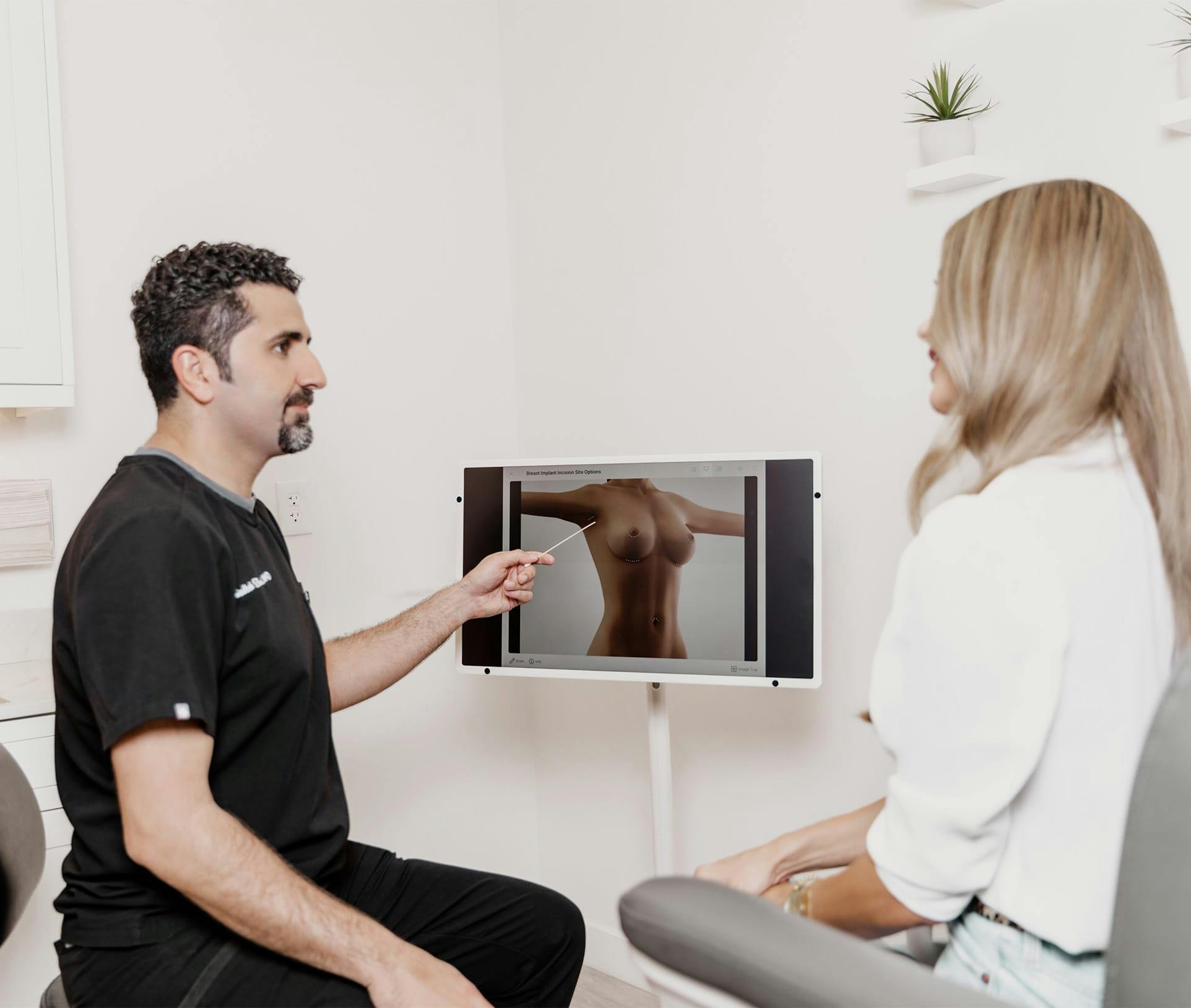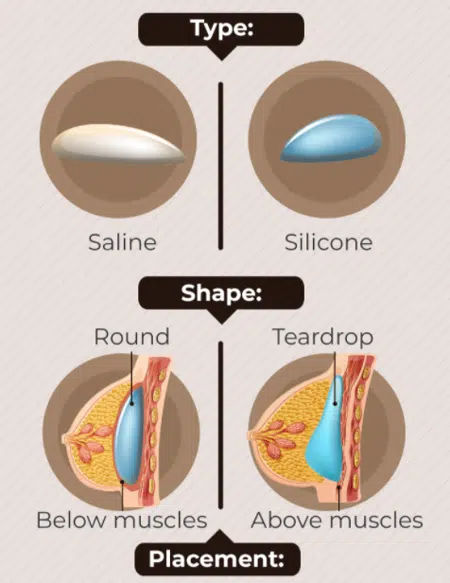Predicled Flaps
The majority of pedicled flaps classically utilized in breast reconstruction are the latissimus dorsi (from the back) or rectus abdominus (from the abdomen). A flap is tissue preserved on its blood supply. In pedicled flaps, the blood supply is not disrupted and reestablished. The disadvantage of the commonly used pedicled flaps is related to the donor site when rectus abdominus is used and partial flap loss. The disadvantages of the latissimus dorsi flap are mild weakness in arm flexion (or downward force), and this flap generally does not have ample tissue to recreate an adequate breast mound by itself.
- Muscle
- Latissimus Dorsi Flap
- TRAM Flap
- Muscle sparing
- Muscle Sparing TRAM Flap












